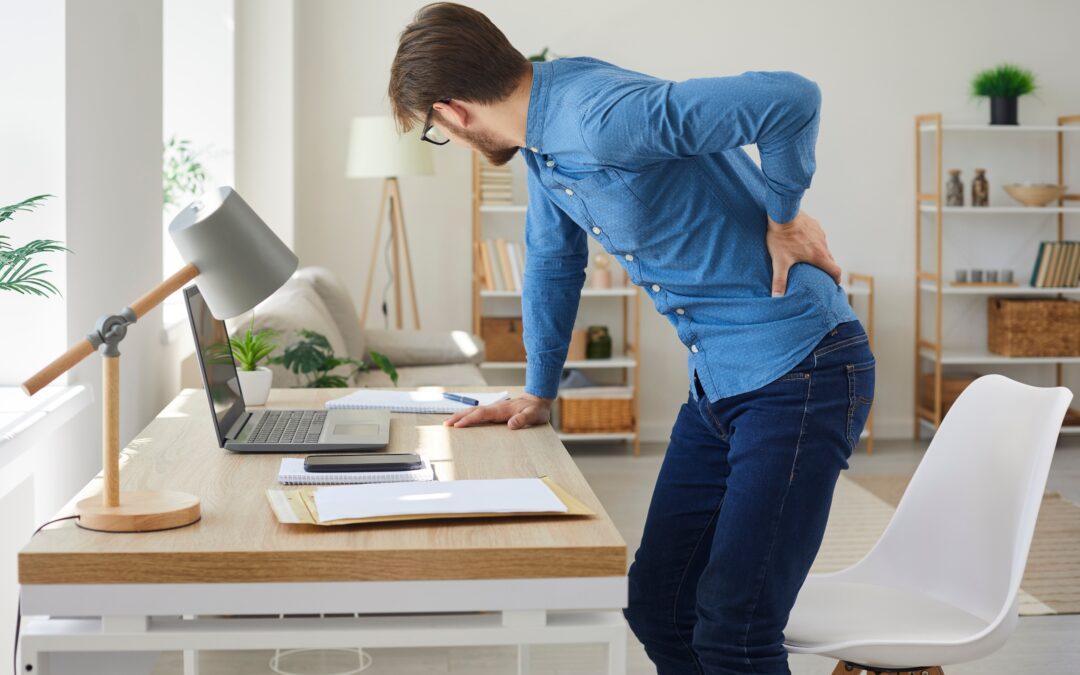Trouble When Going from Seated to Standing? You Might Have Lower Crossed Syndrome
Do you have trouble going from seated to standing? Or you feel like you just can’t straighten out your back.
You might have lower cross syndrome. This is when a patient has muscular imbalances that contribute to lower back pain, hip pain, glute pain, or knee pain. Typically, we see the patient has weak glutes, a weak core, tight hip flexors, and a tight lower back. The patient will also have an anterior pelvic tilt or an exaggerated lumbar curve. We see these issues in patients who sit for long periods of time or those who sit with poor posture. The good news is you can treat lower cross syndrome.
Assessing an Incorrect Pelvic Tilt & Lower Crossed Syndrome
Previously discussed with lower cross syndrome, the patient may have what’s called an anterior pelvic tilt or an exaggerated lumbar arch.
There are also some tests that we can do to figure out exactly which muscles are tight and which ones are weak.
Tests:
- Thomas test
- Wall angel
Treatment for Lower Crossed Syndrome
Now that we’ve learned what lower cross syndrome is and how we assess the condition. The next step is what treatment methods are used for this condition.
Of course, our main job here is to make sure all your joints are moving properly. In order to do that, we will adjust the lower back and the hips of the patient. The next thing we will do is stretch the hip flexors to ensure that the muscles surrounding the joints are moving well. When we did our assessment, we also found that the lumbar fascia was tight. To treat lumbar fascia tightness we like to use dry needling. This is going to reduce the muscle spasm in the back but also reduce the pain, which will allow for a better range of motion and reduce the symptoms of lower cross syndrome.
At-Home Exercises for Pelvic Tilt & Lower Crossed Syndrome
Now that you know how we treat lower cross syndrome, we have at-home exercises to help you feel better.
Exercises:
- Hip flexor stretch
- Tips: hold a good posture in the lower back and squeeze your bottom. Hold for about 30 seconds and then switch sides.
- Plank
- Tips: If a traditional plank is too difficult just come down to your knees.
- Hip Bridge
- Tips: lift your hips as high in the air as possible and hold that position

